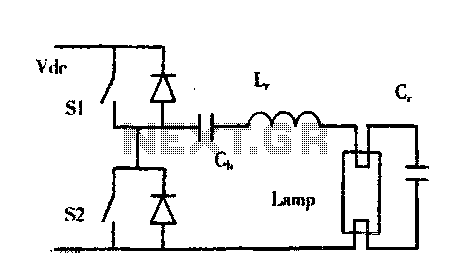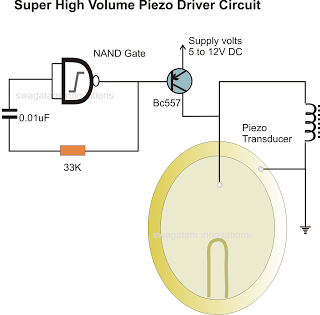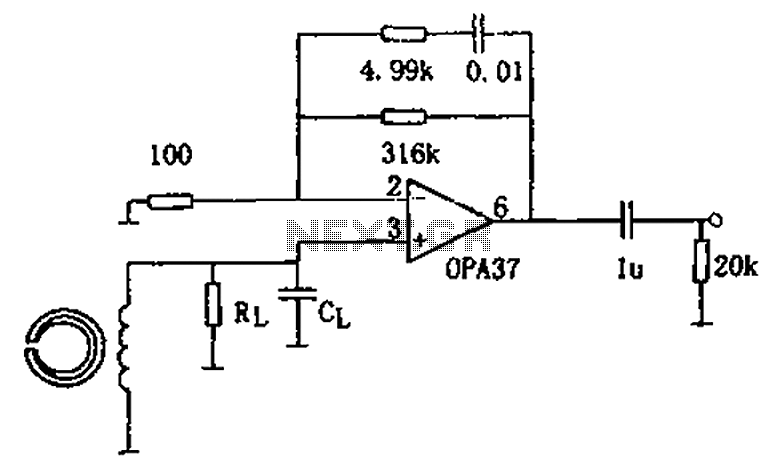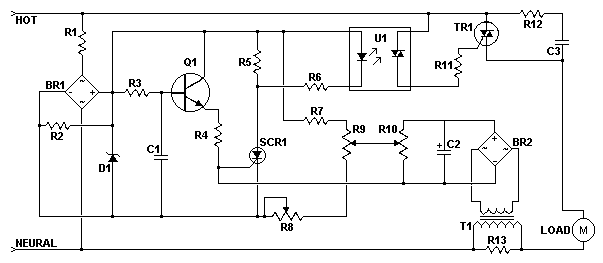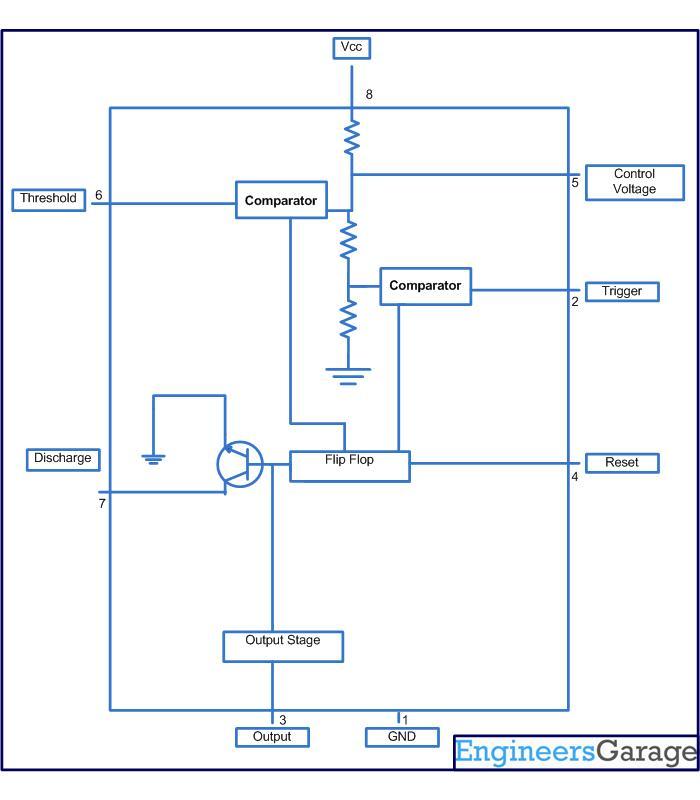
FM Transmitter circuit diagram (50M) With 2N2222 Transistor
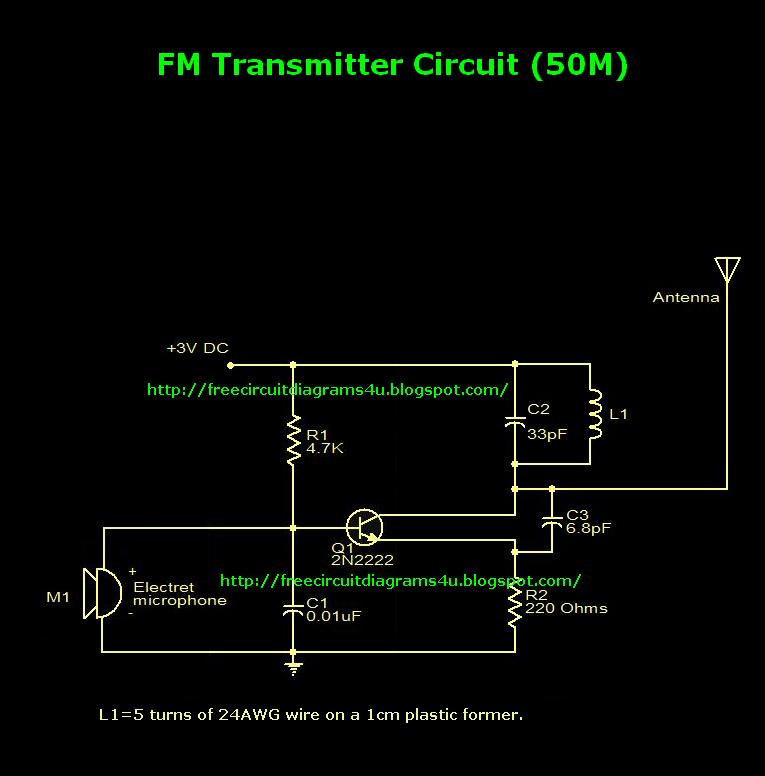
This is an FM transmitter circuit diagram. This circuit uses a 2N2222 transistor, allowing it to operate at 3V and transmit signals up to 50 meters.
The FM transmitter circuit consists of several key components, primarily centered around the 2N2222 transistor, which serves as the main amplification element. The circuit is designed to operate within a voltage range of 3V, making it suitable for battery-powered applications.
The configuration typically includes a power supply connected to the collector of the transistor, while the base is driven by an audio input signal. This audio input can be sourced from various devices, such as microphones or audio players. A resistor is often placed between the base and the power supply to limit the current flowing into the base, ensuring the transistor operates within its safe limits.
The circuit utilizes a resonant LC circuit, which consists of an inductor and a capacitor, connected to the collector of the transistor. This LC circuit is crucial for determining the frequency of the transmitted signal. By adjusting the values of the inductor and capacitor, the operating frequency can be tuned to the desired FM band, usually between 88 MHz and 108 MHz.
A variable capacitor might be incorporated into the circuit to allow fine-tuning of the frequency, enhancing the transmitter's performance and enabling it to avoid interference with other signals. The output from the collector is then coupled to an antenna, which can be a simple wire, to radiate the FM signal over a distance of up to 50 meters, depending on the surrounding environment and the quality of the components used.
Overall, this FM transmitter circuit offers a straightforward and effective solution for low-power audio transmission, making it a popular choice for hobbyists and educational projects in the field of electronics.This is a FM transmitter circuit diagram. This circuit using 2N2222 Transistor so can be operated with 3V, and also can send signals up to 50m .. 🔗 External reference
The FM transmitter circuit consists of several key components, primarily centered around the 2N2222 transistor, which serves as the main amplification element. The circuit is designed to operate within a voltage range of 3V, making it suitable for battery-powered applications.
The configuration typically includes a power supply connected to the collector of the transistor, while the base is driven by an audio input signal. This audio input can be sourced from various devices, such as microphones or audio players. A resistor is often placed between the base and the power supply to limit the current flowing into the base, ensuring the transistor operates within its safe limits.
The circuit utilizes a resonant LC circuit, which consists of an inductor and a capacitor, connected to the collector of the transistor. This LC circuit is crucial for determining the frequency of the transmitted signal. By adjusting the values of the inductor and capacitor, the operating frequency can be tuned to the desired FM band, usually between 88 MHz and 108 MHz.
A variable capacitor might be incorporated into the circuit to allow fine-tuning of the frequency, enhancing the transmitter's performance and enabling it to avoid interference with other signals. The output from the collector is then coupled to an antenna, which can be a simple wire, to radiate the FM signal over a distance of up to 50 meters, depending on the surrounding environment and the quality of the components used.
Overall, this FM transmitter circuit offers a straightforward and effective solution for low-power audio transmission, making it a popular choice for hobbyists and educational projects in the field of electronics.This is a FM transmitter circuit diagram. This circuit using 2N2222 Transistor so can be operated with 3V, and also can send signals up to 50m .. 🔗 External reference

